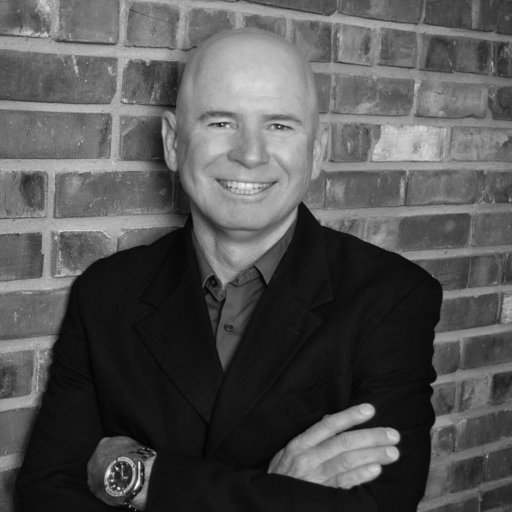

From Left: Peter Ashwin, Event Risk Management Solutions; Brice Sloan, Sloan Security
Word on the Street Issue 18, January 2022
Peter Ashwin and Brice Sloan are experts in the security field. Their companies, Event Risk Management Solutions and Sloan Security, have brought services to clients around the world, but it wasn’t until an encounter at a book shop in Boise years ago that they began partnering on a security plan for Interfaith Sanctuary.
One might not expect Sloan Security, a firm that has constructed security infrastructure for organizations like Facebook, the U.S. Department of Defense and the U.S. State Department, and Event Risk Management Solutions’ Ashwin, who has developed security protocol for major events including the Olympics and the Superbowl, to step in to help a homeless shelter.
But the two have been instrumental in crafting a plan for Interfaith Sanctuary that keeps those inside safe and comfortable. The issue hits close to home – both men have ties to the armed forces and recognize that many veterans end up on the street. Still, designing security for a homeless shelter was a new experience for both of them when they started work on Interfaith’s River Street building in 2017.
“It sounded like there was a real need for additional safety and security. When someone tells me that they have challenges like that, that’s what we’re about – helping solve those issues,” Sloan said. “But it took me a while to understand exactly what Interfaith was and how we could help, starting with access control and cameras.”
In the security world, Ashwin and Sloan are opposite sides of a coin. Sloan’s company works primarily with technology, but Ashwin is an expert in weaving together people and processes in order to create systems that best serve everyone involved.
Through spending time in shelter, Ashwin and Sloan identified the need for a reframe: that the security of guests and staff is the primary point of focus, and while the transitory space outside the shelter is important, their purpose is not to protect surrounding property and businesses. “Safety traditionally has been for people with property – the opposite of the population the shelter serves,” Sloan said. “What we’re trying to do is – what are the protocols that will minimize risk and maximize safety and security so the guests can begin their process of healing?”
The goal was to identify and help enhance security measures already working for the shelter. A good example, Ashwin said, was realizing that people in the homeless community need to be able to store important belongings. Staff determined that the safest way to do so is to keep storage units outside. After learning this, he helped Interfaith create its current intake system, which has guests store their belongings near the security checkpoint.
This removes a barrier to shelter and creates safer situations for guests who would otherwise choose to sleep on the street or in vehicles. Those staying in shelter know their personal items will be locked in a secure place where items can’t be stolen.
“For many of the guests, this is the only time of their day that they feel safe, and what struck me is the compassion between the guests,” Ashwin said. “There’s so much bias against the guests themselves. Everybody has a story. Sure, some people have made wrong choices. Some were one paycheck away from being homeless. I think getting beyond that was important to me.”
The team identified areas of the property security staff needed to be aware of, developed protocols about doors and locks, addressed the camera situation so that staff could maintain situational awareness, and trained people to go back and look at incident videos. “People forget that you actually have to use the technology in order for it to be effective,” Sloan said.
Technology, architectural design, and natural surveillance in the surrounding community are all things woven together to create an effective security plan. Clear rules and awareness through things like signage and lighting then help create a deterrent effect for people trying to prey on those staying in shelter.
As for the surrounding area, Ashwin said, “There’s a transition space that guests move through and that’s the responsibility of the city. It’s outside of the property line, so this is where there’s an interface between community policing and the shelter. How do we work together in that space?”
Ashwin and Sloan are applying this same security development process to Interfaith Sanctuary’s State Street site. They’ve already been working on a plan for the new shelter. Once the building is operational, Ashwin will spend time on-site determining what works for staff and guests and what doesn’t.
He’ll continue evaluating risks and make adjustments based upon identified security needs. Staff will practice scenario-based training, keeping in mind that a new neighborhood brings new security concerns for the entire organization.
Even guests themselves, some of them staying long-term due to an inability to access affordable housing, can help with what Ashwin calls the shelter’s “guardianship.” “Is there a way that we can offer training or do something so that they can become part of this as well?” he said.
